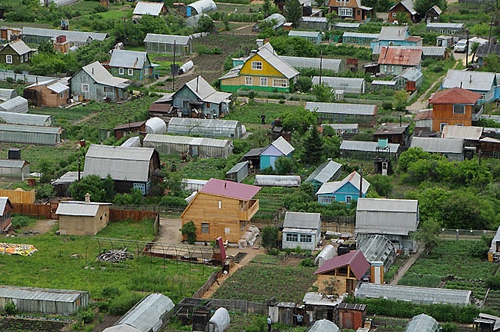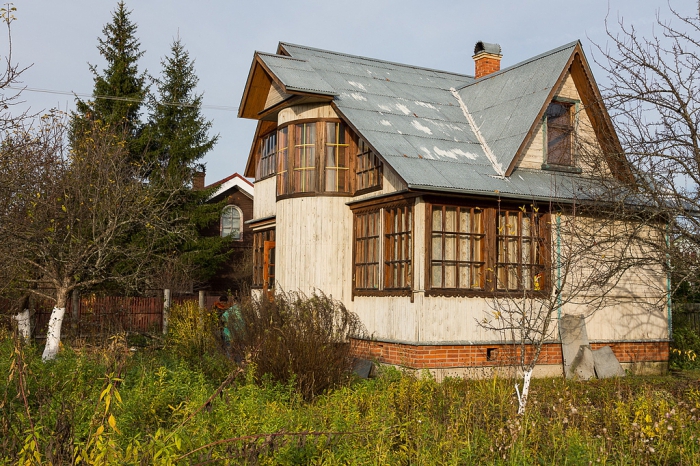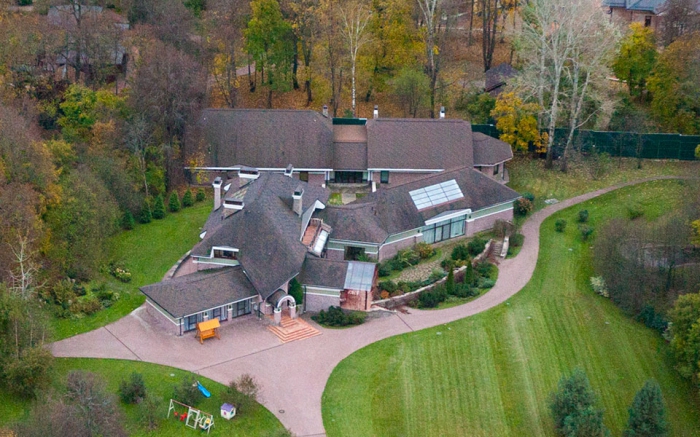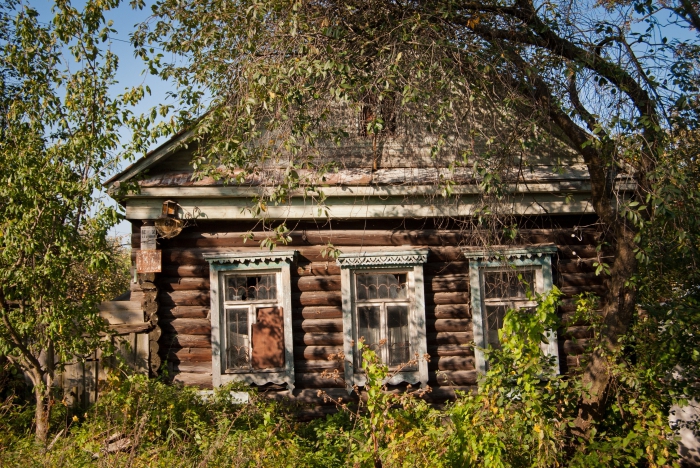Many summer cottages were obtained in Soviet times, and, of course, houses and all kinds of outbuildings were built on them. Previously, no one designed these buildings as expected, this, in fact, no one required. Now, finally, the authorities decided to put things in order. It is necessary to register these houses as property, otherwise these plots and buildings can be lost.

Country amnesty 2020
What is a summer residence amnesty, and what are the terms of its validity? To simplify the design of areas of intended use, the so-called country amnesty. Its terms are limited. It is approved by federal law No. 93 and entered into force on June 2006. The summer amnesty will last until March 2018. Whether it will last for a longer period is still unknown.
The essence of summer cottage amnesty is reduced to a simplified registration of the ownership of land for special purposes and residential buildings located on them. Members of gardening and country cooperatives and partnerships can own their plots and houses for free. This is provided for by amendments to the Land Code. Such a simplified procedure for registering land into ownership will continue until the end of 2020. According to such a simplified scheme, it is possible to design not only summer cottages, but also residential buildings located in urban areas.

How to arrange a house for a summer amnesty?
Details on the process of simplified registration of all objects located on the territory of the site into ownership will be discussed further.
How to arrange a house for a summer amnesty? For state registration of rights to residential buildings, you must have the following documents:
- Application for registration of ownership.
- Passport.
- Technical passport of a residential building or a real estate declaration.
- A document confirming the ownership of the land on which the house is located. This may be a decision on the provision of land allotment, a certificate of the right to life inheritance of the plot, an extract from the household or home book.
- Cadastral passport of land allotment.
- Cadastral passport of a residential building.
- Receipt of payment of state duty.
These documents must be submitted to the state registry. After that, state registrars will check all the information and documents submitted and after 30 days they will issue a certificate of ownership of the residential property.

Reasons for refusal to register ownership
Registration of a house under a summer amnesty can not always go smoothly. Sometimes it can be denied. The grounds for refusal to register property are most often:
- Mismatch of data on the area of land ownership in the cadastral passport and documentation in the department of the cadastral chamber.
- Mismatch of information about the boundaries of the land in the certificate of ownership of the land plot and cadastral plan.
How to assign an address to the house?
Each house needs an address so that it can be identified and registered on it.
The municipal authorities have the right to assign an address to a particular house. To do this, you must submit an application and documents to the local municipality that can confirm the ownership of the plot and residential building. One month later, an address will be assigned, and the applicant will receive an official notification about this.
After this, the owner must issue a cadastral passport for a residential building with a new address.These documents are again submitted to the Rosreestr and after 30 days receive a new certificate of ownership with the assigned address.

Acceptance of a habitable building
In order to design a building located on the site as a residential building, the decision of a special commission is necessary. This commission is created by the local municipality. The commission on the recognition of a building suitable for housing includes representatives of:
- Local government.
- Authority responsible for local housing supervision.
- Sanitary and epidemiological control.
- Bodies responsible for fire, environmental, industrial safety.
- Offices that carry out registration and inventory of real estate.
- Local departments for architecture and urban planning.
- Design and survey organizations that are licensed.
- In addition, the owner-applicant, who claims to be recognized as a residential building, also has the right to vote.
What criteria should a residential building meet?
Registration of a house under a summer residence amnesty, although it takes place according to a simplified scheme, but also requires considerable effort and patience. The commission, which should recognize the house as suitable for habitation, renders its verdict after inspecting the building and reviewing all design, construction and engineering documentation.
Let us dwell on such a question as the requirements for residential buildings. Residential building must meet the following criteria:
- Bearing structures (walls) must be reliable and safe, to ensure the preservation of heat. If necessary, the walls can be insulated.
- The building must be reliably protected from the penetration of ground, melt or rainwater.
- The structure should be made of materials that do not emit harmful substances for the environment and humans, or their concentration should be minimal and meet sanitary and environmental requirements.
- Engineering structures (water supply, sewerage, gas supply, heating, ventilation and electricity) should already be present in the house, or should be able to carry them out.
- Systems that ensure uninterrupted drainage should be suitable for the house.
- The level of vibration, electromagnetic radiation, infrasound or sound waves should not exceed the permissible norms in a residential building.

Which building cannot be recognized as a residential building?
We already know how to design a house according to a summer residence amnesty, and which buildings can be considered a residential building. Now let's talk about those buildings that cannot be considered residential. The main criterion in this matter is the presence of factors that can harm human health and prevent people from living in such a building. These include:
- Physical deterioration of structures or individual elements, which leads to a violation of their strength and stability.
- Indications of the microclimate that do not meet hygienic and epidemiological requirements.
- The location of the building in the area of technological accidents.
- Deformation of individual parts of the building due to explosions, accidents, earthquakes, fires or soil subsidence.
Commission decision
So, how to arrange a house for a summer amnesty, we found out. After inspection of the building and familiarization with all the necessary documents, the expert commission draws up an act and within one month makes a decision on its suitability or unsuitability for people to live.
In some cases, the commission may schedule additional studies to confirm safety. If the commission finds the house unsuitable for living, it will be reconstructed or called damaged. But this decision can be appealed in court.

The advantages of decorating a house for a country amnesty
There are positive aspects of real estate registration in such a simplified scheme as a summer amnesty. Its terms will last until 2020. Therefore, those who did not have time to use it, need to hurry.Whether the summer amnesty will be extended is still not known for certain.
Among the obvious advantages of this simplified design scheme for residential buildings are the following:
- Almost free paperwork. It will only be necessary to pay the state fee, which today is about 350 rubles.
- The ability to register property that is an object of individual housing construction (individual housing construction) without request to the appropriate supervisory authorities. In other words, if a land plot for individual construction is provided, you can immediately proceed with the construction of the house, bypassing the request for permission from the architect and the urban planning department of the local municipality.
- The quick legalization of the erected house, which after privatization becomes the property of the applicant, after which any transactions can be made with this real estate (to give, sell, transfer by inheritance).
- If the land was granted for the management of the subsidiary plots, and there are no documents on it that could confirm ownership, then it will be sufficient to provide only an extract from the household book. It is requested from the city administration.
- In the event that the land documents on hand do not indicate the specific basis of the law by which the given plot was issued, then it shall be considered issued on the basis of property rights.
Possible difficulties
The most common obstacles in the design of a house according to a summer residence amnesty are as follows:
- Proof of your rights to a residential building. Owners have to contact the appropriate authorities to obtain the necessary statements and information.
- If the commission declares the house unsuitable for living, the owner is forced to go to court. Then the process of registration of the address and registration is significantly delayed.

Country amnesty, although it is a simplified scheme for registering property, but often in reality applicants still encounter some difficulties.
